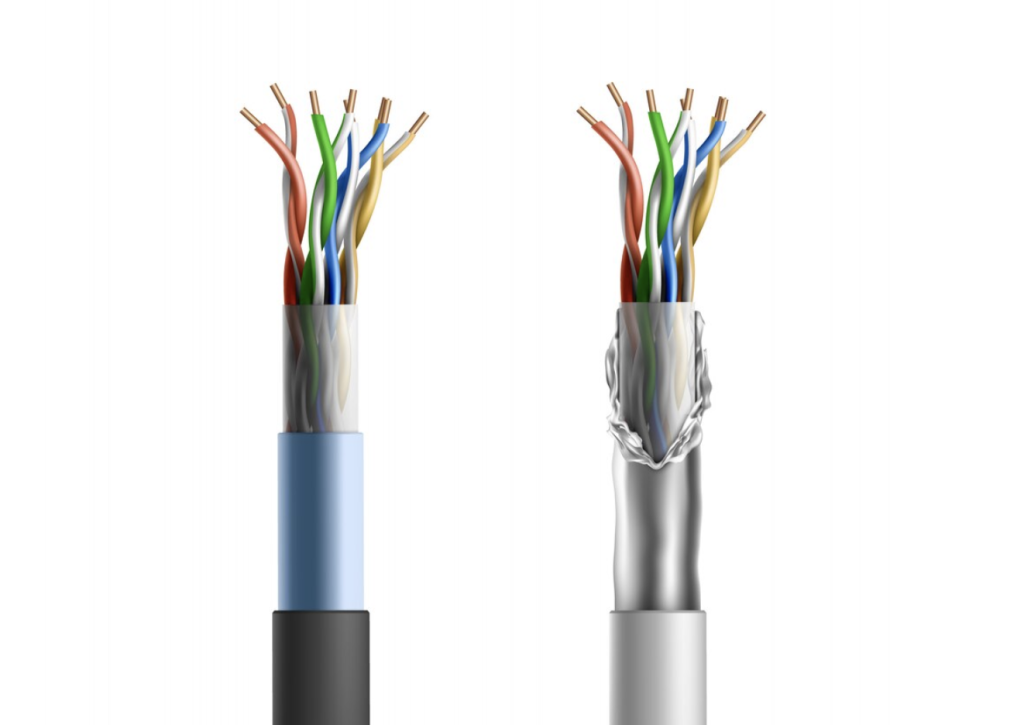Choosing the Best Multimode Cable: OM1, OM2, OM3, or OM4

In fiber optic networking, there are two main types of cables: single-mode and multimode cables. Multimode fiber optic cables have a core size ranging from 50 to 100 micrometers, which is significantly larger than single-mode cables. This larger core size allows for higher bandwidth transmission, accommodating more optical signal traffic compared to single-mode cables.
Global fiber optic service providers typically offer various multimode cables to meet different networking requirements. But what exactly are the differences between the multimode cables available?

Types of Multimode Fiber Optic Cables
According to ISO 11801 standards, multimode fiber optic cables are categorized based on their modal bandwidth, or the signal transmission rate over a specific distance. The cables are labeled “OM” which stands for Optical Multi-mode, followed by a number from 1 to 5. However, most providers worldwide typically do not offer OM5 cables yet.
The labeling of multimode fiber cables also indicates the core and cladding size. For example, a cable with the label 62.5/125 μm means the core diameter is 62.5 micrometers, and the cladding is 125 micrometers.
- OM1
The 62.5/125 μm fiber (OM1) is one of the most widely used optical cables in consumer networks. It has a minimum modal bandwidth of 200 MHz·km at 850 nm and supports Ethernet connectivity (10 Mbps) to Gigabit Ethernet (1 Gbps). OM1 is ideal for LED-based optical signal transmitters. - OM2
The 50/125 μm fiber (OM2) is an updated version of OM1, providing the same connectivity and transmitter support but with a higher modal bandwidth of 500 MHz·km at 850 nm. - OM3
OM3, also known as Laser Optimized Multi-mode Fiber (LOMMF), features the same core and cladding size as OM2 (50/125 μm) but has a significantly higher modal bandwidth of 2000 MHz·km at 850 nm. Optimized for laser-based signal transmission, OM3 is commonly used in high-speed networking installations, supporting 10 Gigabit Ethernet connectivity up to 300-400 meters. - OM4
The 50/125 μm (OM4) fiber is an upgraded version of OM3, with an even higher modal bandwidth of 4700 MHz·km at 850 nm. OM4 is suitable for high-speed connectivity, even over shorter distances, such as 40 Gbps and 100 Gbps on connections up to 125 meters.
Which One is Right for You?
Once you understand the differences between these fiber optic cables, you can choose the one that best suits your network needs. However, it’s also important to consider the final specifications of your network setup. This is because some cables are specifically designed or optimized for certain types of signals.
For example, OM1 and OM2 are well-suited for networks using LED-based transmitters but may not perform optimally in laser-based systems. On the other hand, OM3 and OM4 are designed for optimal performance in laser-based ecosystems, and may not be suitable for LED-based networks.
Additionally, if you’re aiming for connectivity speeds greater than 10 Gigabit Ethernet, OM1 and OM2 cables will not be adequate. While OM1 and OM2 can support 10 Gigabit Ethernet in certain configurations using 10GBASE-LRM ports, you will need additional interface modules like EFP+ for enhanced performance.






